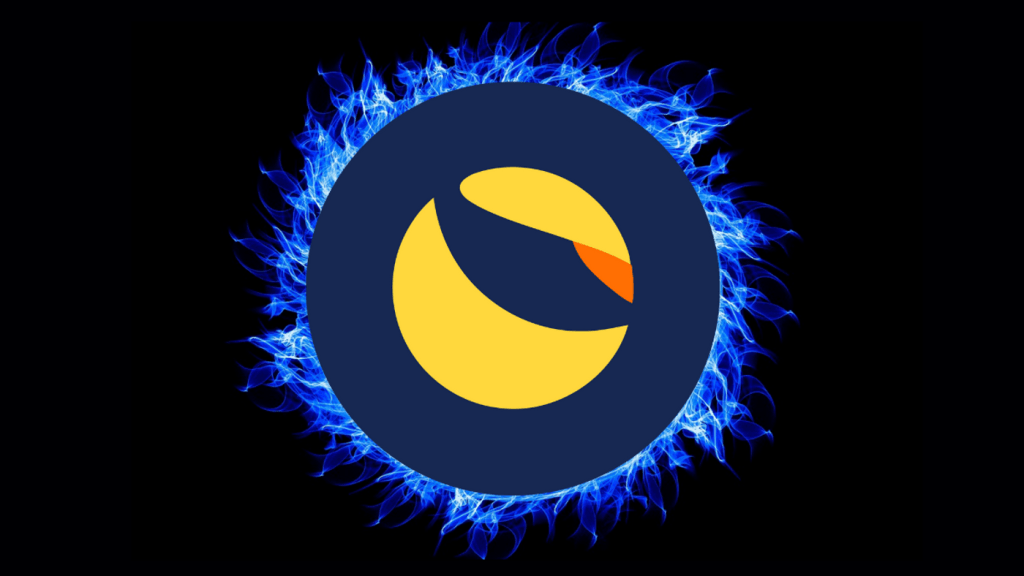There are new developments for Terra Classic (LUNC), which marked the agenda with its rise last week. In this article, we will share the latest news about the network. Here are the details…
Prism considering return to Terra Classic (LUNC)
In a tweet on Sunday, the Prism protocol indicated that it may be interested in returning to the Terra Classic network after enforcing its recommendation of burning a 1.2% tax on community on-chain LUNA Classic (LUNC) transactions. It is worth noting that Prism’s Terra network is one of the most popular DeFi protocols. The derivatives protocol allows users to manage risk more efficiently in terms of capital. Staked offers liquid return tokens in LUNA tokens.
Who would like to see @prism_protocol working again on Terra Classic after the burn changes?$LUNC $USTC
— PRISM (@prism_protocol) September 11, 2022
At its peak, Prism had $800 million in total locked value (TVL) before the Terra ecosystem collapsed. In particular, Prism’s tweet on Sunday met with mixed reactions. Some users expressed their excitement as it is good news for the Terra Classic network. Others have declared that they prefer the protocol that focuses their efforts on Terra 2.0.
What kind of problem will the combustion volume cause?
LUNC’s parabolic growth in early September was supported by a proposal to include a 1.2% burn fee for every transaction made on the network. Billions of dollars poured into the project as investors sought a way to invest in the deflationary asset. According to the proposal, however, if centralized exchanges accept the incineration fee, the volume of incineration will exceed $4 million per day. Therefore, new problems have arisen for some. Binance has released a statement saying that they will not apply the fee to its users. Which brings its daily volume to just $55,000.
/2 LUNC went parabolic at the beginning of September, up 500% trough to peak, on the back of a governance proposal to charge all on-chain transactions a flat 1.2% fee. The network briefly reached a value of $4b, with billions traded on CEX venues. pic.twitter.com/JBNzdw4KFs
— light (@lightcrypto) September 11, 2022
For a project with a market cap of $3 billion, an incineration volume of less than $100,000 per day is insignificant. It will not have any impact on the market value of the token. Currently, network usage is close to being free, and an additional fee for transactions will further reduce users’ activity. On chain data, at some point the activity of the network exceeds the total circulation of tokens. It also contains some signs of manipulation from validators that deliberately inflate the number of transactions on the network.
To some, all these factors suggest that the rally we saw earlier was based on chain manipulation and a dubious bid that would not have the desired impact on the token’s market value, given the action taken by centralized exchanges. On September 15, $34 million worth of LUNC tokens were released, which raises an important question: Who will get all the volume injected into the market?

A new proposal to reactivate the IBC protocol
Max Callisto, one of the CEOs of LUNC DAO, announced in a tweet today that he has launched a proposal to re-enable the Inter Blockchain Communication (IBC) protocol for the Terra Classic community. cryptocoin.comAs we reported, the IBC protocol was created by Cosmos to connect independent Blockchains and allow them to exchange data and tokens.
As a Cosmos chain, Terra Classic used IBC. However, LUNA had to disable it during the LUNA Classic (LUNC) crash following the Terra USD (USTC) de-pegging event to prevent liquidity pools from incurring permanent losses. In its proposal, Callisto points out that now is a good time to reopen the link between the Terra Classic network and other Cosmos chains, and the vibrant Terra Classic community will benefit the ecosystem.
As one of @LUNCDAO CEOs, reopen the IBC gates of Terra Classic! @terrac_money
p.s. Burn $LUNC & $USTChttps://t.co/MmmcbSAeIH— Max Callisto (@MaxCallisto) September 12, 2022
Binance provides LUNC trading with zero transaction fees
Finally, Binance added Terra Classic (LUNC) and TerraClassicUSD (USTC) to its Convert platform, in its official announcement on September 12. Users can now exchange LUNC and USTC with Bitcoin (BTC), Binance USD (BUSD), Tether (USDT), etc. You can use the Binance Convert service to convert any supported cryptocurrency for zero fees.







